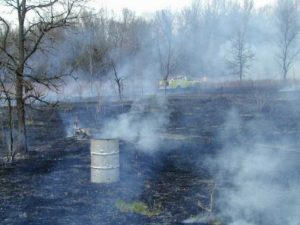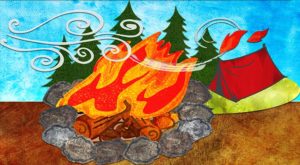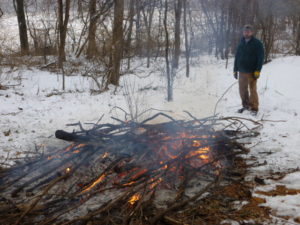
Never leave your fire unattended and make sure it’s completely out before you leave.
It’s Wildfire Prevention Week!
One way you can help us celebrate, is to get a free DNR burn permit before burning. It takes less than two minutes and we can email you the burn permit right away. Or, call our hotline 1-888-WIS-BURN (947-2876) and customer service can issue you one over the phone. Then, on the day of the burn, call or check online for the fire danger and burn restrictions in your county after 11 am. Never leave your fire unattended and make sure it’s completely out before you leave. Got questions or not in an area where the DNR regulates? Local fire officials are always willing to help. Following these simple steps can greatly decrease your chances of starting a wildfire. Visit this page to get your free DNR burn permit.



